Who doesn’t love a good pun? While some consider them the lowest form of humor, puns have become ingrained in our pop culture through iconic movie titles, unforgettable taglines, and laugh-out-loud dialogue. Let’s take a lighthearted look at the playful art of wordplay on the big and small screen.
Lights, Camera, Puns! Wordplay in Movie Titles and Taglines
Movie studios know that a clever pun can instantly grab people’s attention. Just look at timeless hits like Airplane!, Analyze This, and Meet the Parents. Even serious dramas get into the act, with thought-provoking titles like Eternal Sunshine of the Spotless Mind.
Taglines also employ puns to entice audiences. The Silence of the Lambs dared viewers to confront evil with the line “To enter the mind of a serial killer, FBI rookie Jodie Foster has to learn to think like one.” Pixar took an optimistic approach by declaring Monsters Inc. as “The #1 Comedy That Will Leave You Screaming with Laughter!”
Sometimes punny titles backfire though. For example, audiences were confused by the sci-fi thriller Edge of Tomorrow, leading the studio to re-market it as Live. Die. Repeat. So pun success clearly relies on picking the right words to connect with audiences.
Laughing All the Way: Wordplay in Comedic Movies
Comedy films live and die by their punchlines, so it’s no surprise that clever wordplay takes center stage. The Marx Brothers brought anarchic wordplay to the 1930s in films like Duck Soup and A Night at the Opera. Decades later, Mel Brooks parodied Hollywood with pun-filled films like Young Frankenstein (“It’s pronounced Fronk-en-steen!”) and Blazing Saddles (“Where the white women at?”).
More recent comedy hits keep the puns flying fast and furious. There’s Something About Mary had audiences giggling at Ben Stiller’s misfortunes, including a painful zipper incident in the “frank and beans!” scene. TV shows like The Simpsons and South Park weave puns and pop culture references into every quick-hitting line.
Clearly, we can’t get enough of laughing at funny wordplay, from subtle double meanings to groan-inducing puns. As Oscar Wilde once said, “A good pun will undress the whole matter.”
Animated Films Take Wordplay to Infinity and Pixar!
Family-friendly animation uses wordplay to keep kids engaged while slipping in grown-up humor. Disney classics like Aladdin balance slapstick characters like the Genie with clever puns and wordplay. Decades later, modern hits like Frozen let it go with icy puns like “The cold never bothered me anyway”.
Pixar elevates animated puns to an art form in acclaimed films like Toy Story, Finding Nemo, and The Incredibles. Adults laugh at punny references while kids focus on the fun characters and stories. And the tricksy title Ratatouille showed Pixar wasn’t afraid to challenge audiences with unfamiliar words.
Of course, punnery also thrives in TV cartoons like Spongebob Squarepants, Phineas and Ferb, and Gravity Falls. Animation unleashes our imaginations, making the perfect medium for playful puns and wordplay.
Punny Business: Wordplay in Classic TV Shows
Long before streaming or cable, sitcoms, and sketch comedy shows attracted big audiences by packing in laugh-out-loud wordplay. Groucho Marx brought his witty banter to the game show You Bet Your Life while living room comedies like I Love Lucy, Bewitched, and I Dream of Jeannie charmed viewers with clever writing.
Sketch comedy reached new heights in the 1970s. Shows like Monty Python’s Flying Circus spoofed conformity with bizarre catchphrases like “And now for something completely different.” Decades later, Saturday Night Live continues the tradition with memorable pun-filled sketches.
Of course, we can’t discuss TV wordplay without mentioning beloved sitcoms like Seinfeld. Who knew that a “show about nothing” contained so many creative puns about everyday life? Even the character names – Cosmo Kramer, Elle Benes – were punny! So whether it’s a timeless catchphrase or a silly one-liner, wordplay keeps us laughing out loud.
Masters of Wordplay: Iconic Writers & Directors
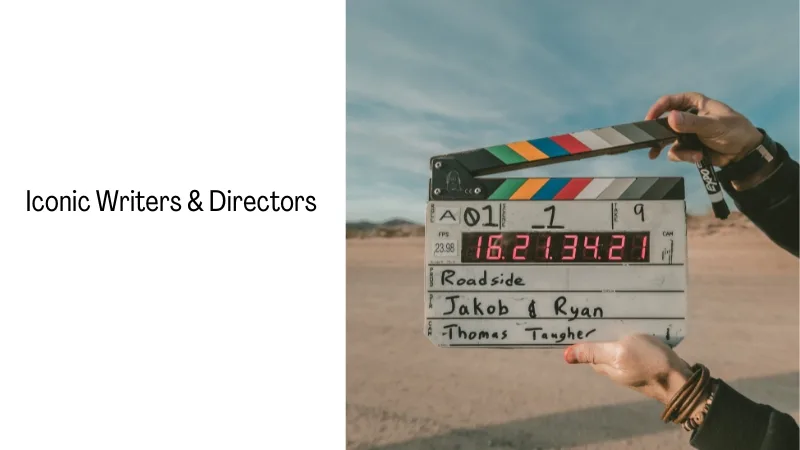
The cleverest puns spring from the minds of imaginative writers and directors. Comedy legend Mel Brooks inflicted rapid-fire puns on films like Young Frankenstein and Spaceballs. Writer/director Joss Whedon sprinkled witty wordplay throughout cult hits like Buffy the Vampire Slayer and Firefly.
Quentin Tarantino reinvented dialogue with his unique stylized approach in films like Pulp Fiction. And comedy auteur Christopher Guest perfected improvised mockumentaries featuring dim-witted characters prone to silly malapropisms and puns.
Of course, we can’t forget writers/directors who build entire films and shows around linguistic humor. Larry David’s Curb Your Enthusiasm finds endless laughs in awkward conversations and social mishaps. Brilliant sketch writers for shows like Inside Amy Schumer concoct viral feminist puns that skewer misogyny and inequality. So appreciate these comedic wordsmiths – after all, many were avid punners from a young age!
Punny Business: Behind-the-Scenes Crafting Movie Wordplay
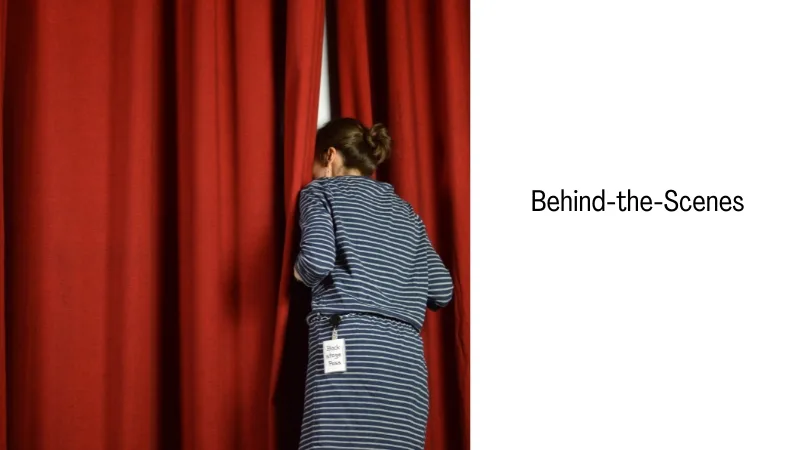
So how do Hollywood’s best writers actually create smart, memorable wordplay moments? It takes creativity and patience to organically embed puns into scripts. Teams of comedy writers pitch ideas in freewheeling sessions, then hone and refine the best zingers.
Many iconic lines are born from improvisation on set. For example, “I’ll be back” from The Terminator was made up on the spot by Arnold Schwarzenegger. Of course, improv only works if the director empowers actors to experiment and go off-script.
Visuals also inspire witty dialogue. The famous “Yippee-ki-yay” line in Die Hard emerged organically from a scene where Bruce Willis walks barefoot on broken glass. So next time you hear a killer pun, appreciate the collaborative creative process behind the scenes.
Lights, Camera, Parody! Spoofs and Satires Built on Wordplay
What better way to poke fun at iconic films than with parody powered by puns? Clever satires like Airplane! and The Naked Gun lampooned stale genres using ridiculous wordplay and visual gags. More recent hits like Scary Movie and Austin Powers spoofed horror and spy movies through outrageous puns and wordplay.
Parody films target easily recognizable references for maximum laugh potential. For example, Spaceballs spoofed the obvious Star Wars puns with Dark Helmet, Lone Starr, and Princess Vespa. And the Shrek films gleefully mocked Disney conventions with over-the-top fairy tale wordplay.
Even prestigious dramas aren’t safe from parodies! Clever mock trailers like “Brokeback to the Future” are queer classic films with homoerotic double entendres. So the next time you rewatch a favorite flick, imagine the hilarity that just a few punny tweaks could create!
A Serious Look at Silly Wordplay
In closing, hopefully this light look at puns shows that wordplay serves a serious purpose in entertainment. When skillfully done, puns grant us a playful new lens to view familiar people, places, and ideas. Clever turns of phrase stick in our minds long after the credits roll or the episode ends.
So be brave enough to embrace puns as a thoughtful art form rather than a childish diversion. Watch for subtle wordplay in serious dramas and dry comedies that reward your close attention. See how a single well-placed pun can instantly reveal inner thoughts and emotions.
Because in our ever-more chaotic world, a good laugh and a moment of thoughtfulness from unexpected wordplay feel more welcome than ever. The Marx Brothers said it best – “A laugh can be a very dangerous thing. Sometimes in life, it’s the only weapon we have.”
So keep your ears open and let clever puns remind us to never lose our sense of childlike linguistic play. As always, thanks for reading and enjoying a few silly moments of wordplay with me today!
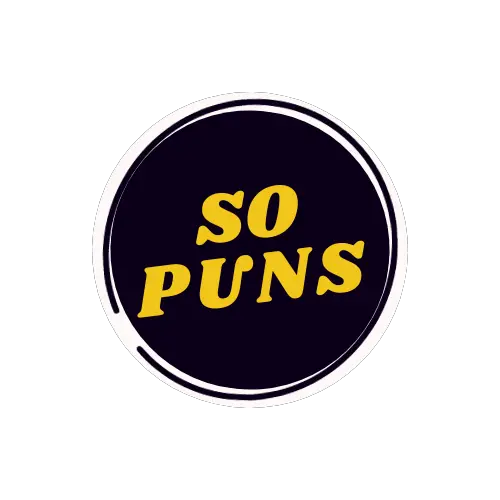
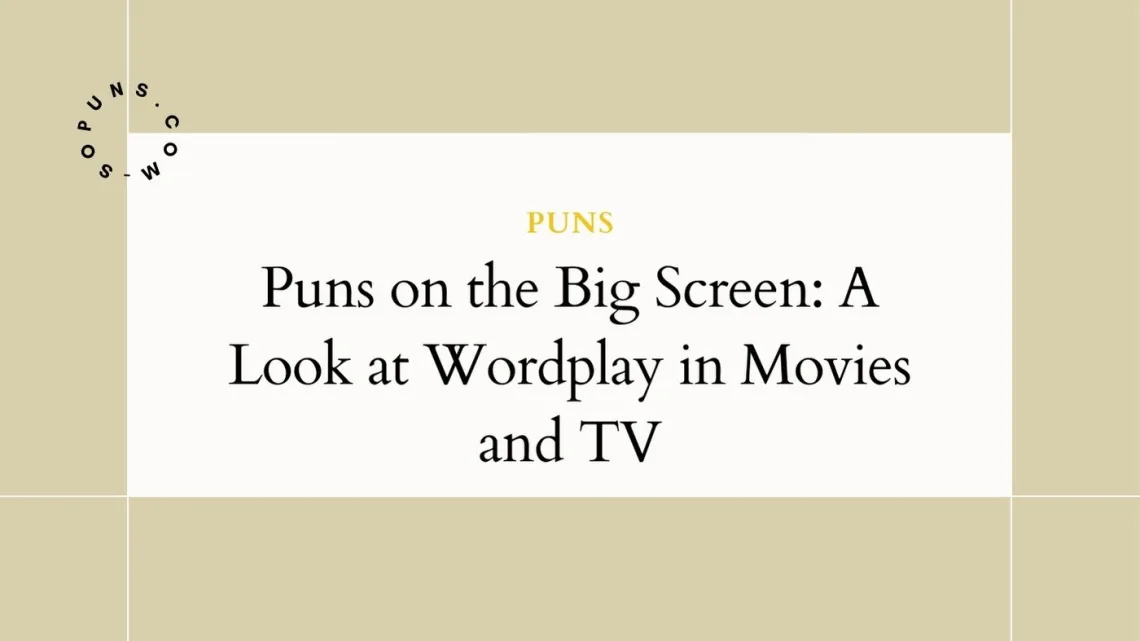
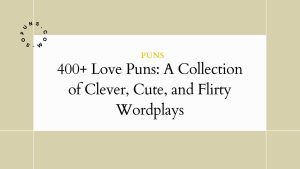
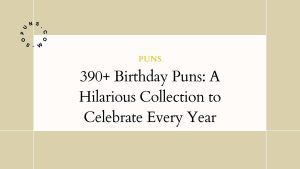
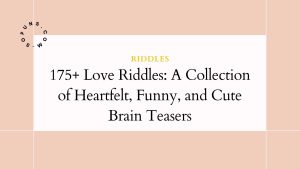
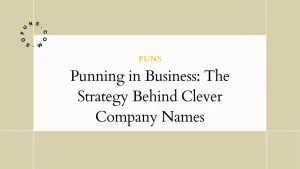
No Comments